I have lost track of how many Mercenaries games there have been at this point. Developer, Rideon, certainly churns them out, and the series has evolved into a comfort food experience. They look vaguely like Final Fantasy Tactics or Tactics Ogre, and play like a vaguely decent homage to those genre greats. In recent times there has even been some kind of effort to throw in some thought-provoking deeper themes. Requiem of the Silver Wolf is the latest to do that and… yeah, it does all that.
You’ll realise the broader themes that Requiem of the Silver Wolf deals with almost immediately after you start playing. You play as a band of mercenaries that have been tasked with scouring the land and ridding it of “zombies” – creatures that have been afflicted by a highly contagious and deadly epidemic that originated in another nation. Yep, it’s a COVID-19 thought bubble baby, and Requiem of the Silver Wolf’s writers try to approach it as a very high concept, even if they do so without any great competence. The developers wanted to work moral conflict in there, given the impact to those the pandemic leaves behind, and asking the question about whether the response has been heavy-handed, but we’re also exactly talking about Albert Camus writing The Plague here.
Meanwhile, there’s an overarching mystery to contend with. The mercenaries’ leader is, in the opening chapter, attacked by a grim reaper. He survives, but the reaper leaves him with the ominous warning that in 100 days it’s still going to be all over for him.
I like to think this is the developers referencing the Danse Macabre. The Danse Macabre – “Dance of Death” – is an artistic allegory focused on the inevitability and universality of death. For art critics, it is a fascinating case study of how art reflects on reality, because a lot of Danse Macabre art was created in the 14th and 15th centuries as a direct response to the terror of The Black Death.
As Anna Louise Des Omeaux notes in her thesis on the subject: “Some plague art contains gruesome imagery that was directly influenced by the mortality of the plague or by the medieval fascination with the macabre and awareness of death that were augmented by the plague. Some plague art documents psychosocial responses to the fear that plague aroused in its victims. Other plague art is of a subject that directly responds to people’s reliance on religion to give them hope.”
In other words, contrary to how we often see the art of that time as vaguely horrific, and Danse Macabre tends to be associated with that genre now, in practice it was broader than that. A grim reaper threatening a hero with 100 days until oblivion while a pandemic rages around him is certainly a modern interpretation of that. This would be a take based on our own lived experiences today. So, yes, I want to believe this was all deliberate by the developers. Of course, it wasn’t handled with the nuance that it needed to be a great work of art and reflection, but if I was to make a prediction, I do think that across all forms of art, we’ll see more reflections on the impact of disease, pandemics and how humanity struggles with the subject in the years ahead. Because, again, art’s key social role is to reflect on society.
In terms of gameplay, Requiem of the Silver Wolf doesn’t break any ground for the Mercenaries series. It follows the same basic combat rules, with the same levelling system, and many of the enemies you’ll fight are taken directly from previous titles. Consistency can be a warm thing, and developers don’t tend to like taking risks once they’ve latched on to something people enjoy for a good reason, but there’s also something to be said about a lack of ambition. Especially when it causes the developers to ignore long-standing issues with a series that has become quite well-established at this point.
Take difficulty spikes, for example. You are guaranteed to be underlevelled for each upcoming story mission. Therefore, you are forced to play the “side battles” at least a couple of times to bring your characters up to standard to push the story along. This slows the pacing of the narrative down to a crawl at points, and the side quests have no interesting hook of their own. They’re explicitly there purely for the purposes of grinding up experience.
The limited range of skills for each character is also something that the developers really should have looked at pushing forward by now. After each battle you get “SP”, which can be spent on levelling up a handful of skills… except that for the most part you’ll never need the most powerful levels because their activation costs are far too high. Say you have a skill that at level 6 requires 20 MP to use. 20 MP is a lot, for the vast majority of this adventure, unless you’re using curative items to give you the extra juice boosts. So, rather than blowing all those points on a single turn, you can reduce the skill down to, say, level three, which might only cost 10 MP to use, and the drop in potency isn’t that significant. This system has always been a decent idea, and could have been tactically interesting, but really you’ll spend most battles being as miserly as you can.
Finally, Rideon needs to update the in-battle sprites. The pixel art effect is not terrible, just underwhelming. Meanwhile, the character portrait art is of high detail and fidelity. Rideon started using these a few Mercenaries titles ago, and they’re excellent in this entry, too. As nice as they are, though, it would be nice if there was more consistency between the sprites and the portraits, because the aesthetic disconnect is disappointing.
I hope Rideon continues to produce Mercenaries titles. They’re genuinely entertaining as “no-frills” examples of the tactics JRPG genre. However, the Switch has so many of them now. Recent years have brought us the incredible remake of Tactics Ogre, the stunning Triangle Strategy, and earlier this year we got, arguably, the finest Fire Emblem to date. I don’t expect Rideon to get to that standard, and I think there’s plenty of room for a “no frills” and inexpensive little experience in between the big guns, but I would still like to see the series continue to evolve, rather than simply find ways to continue to repackage the existing assets.
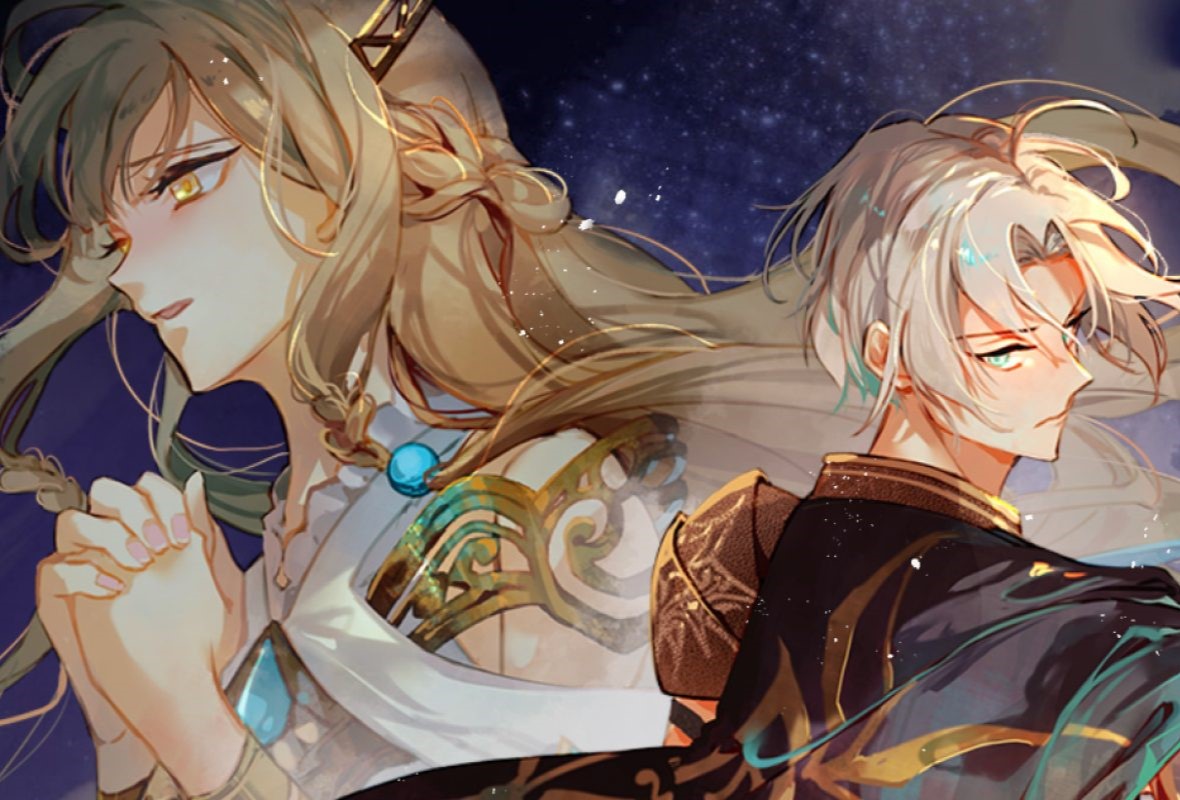

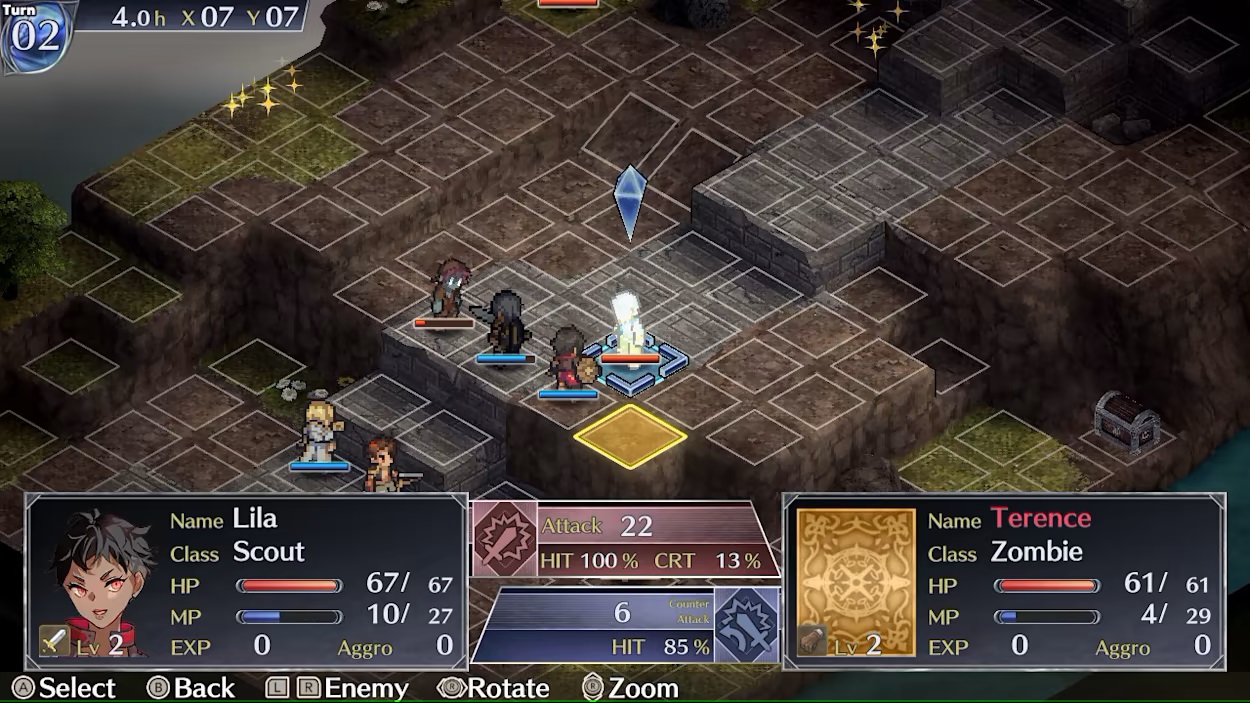
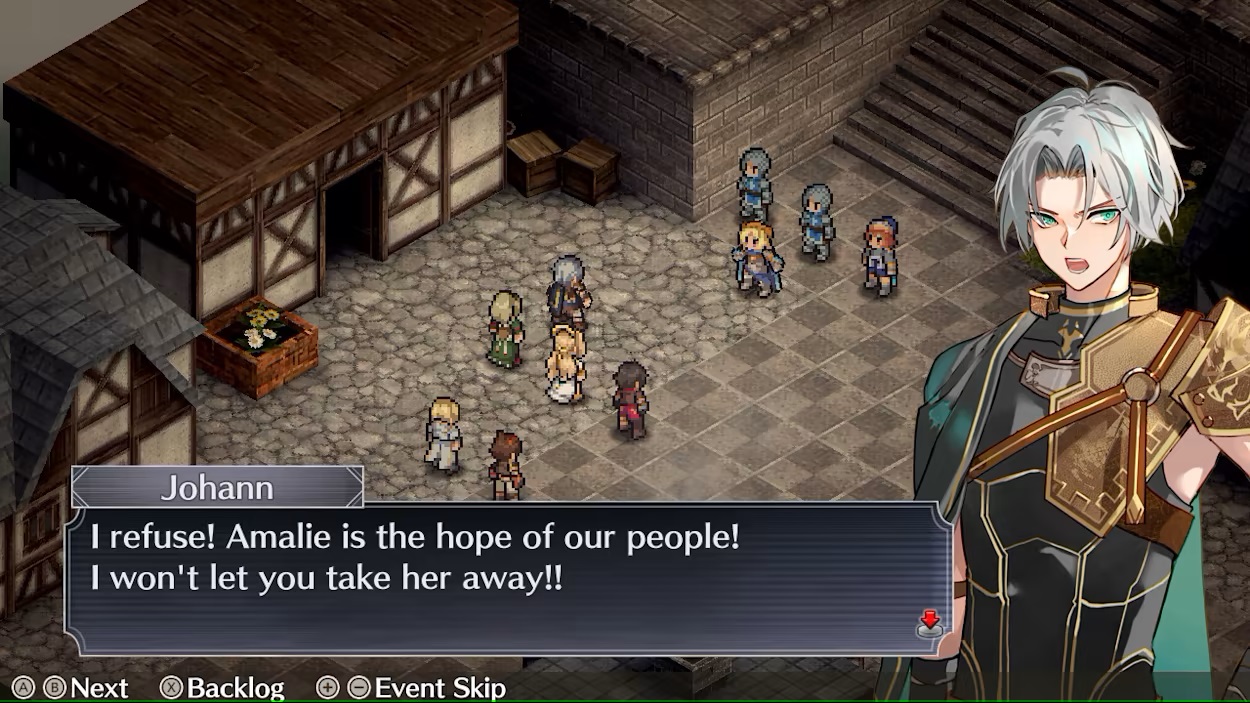
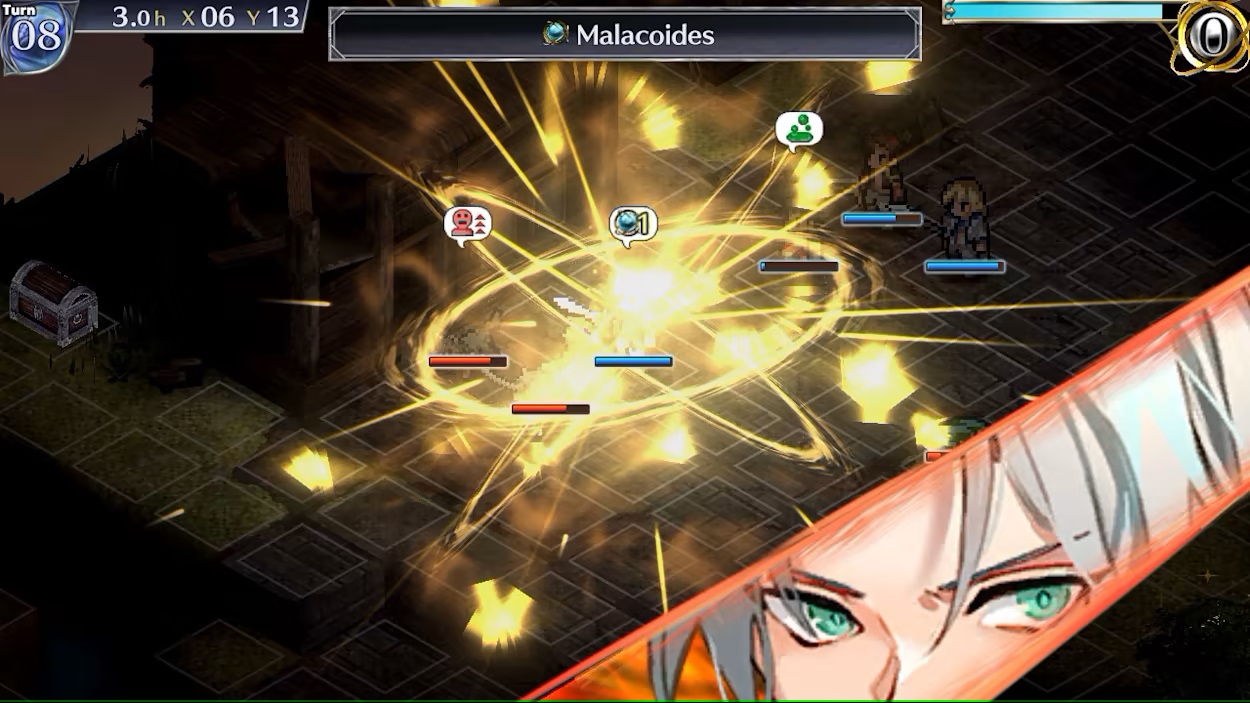

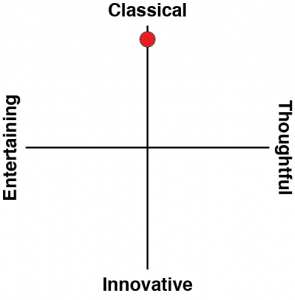
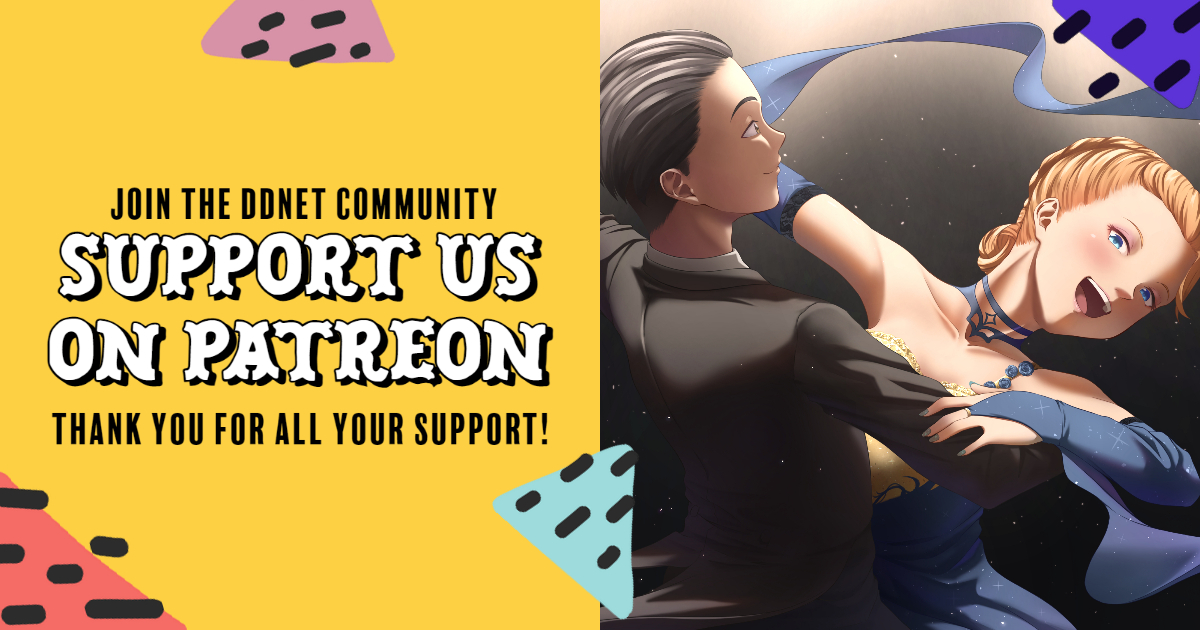
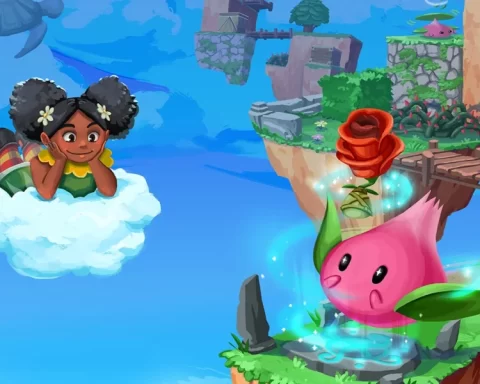
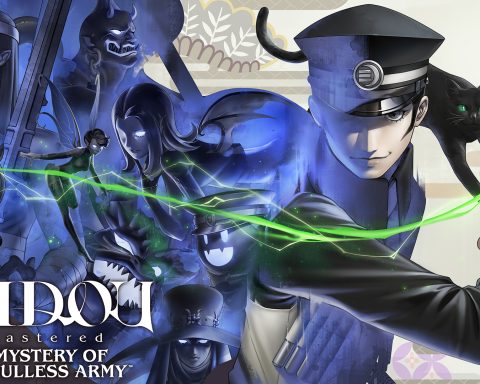

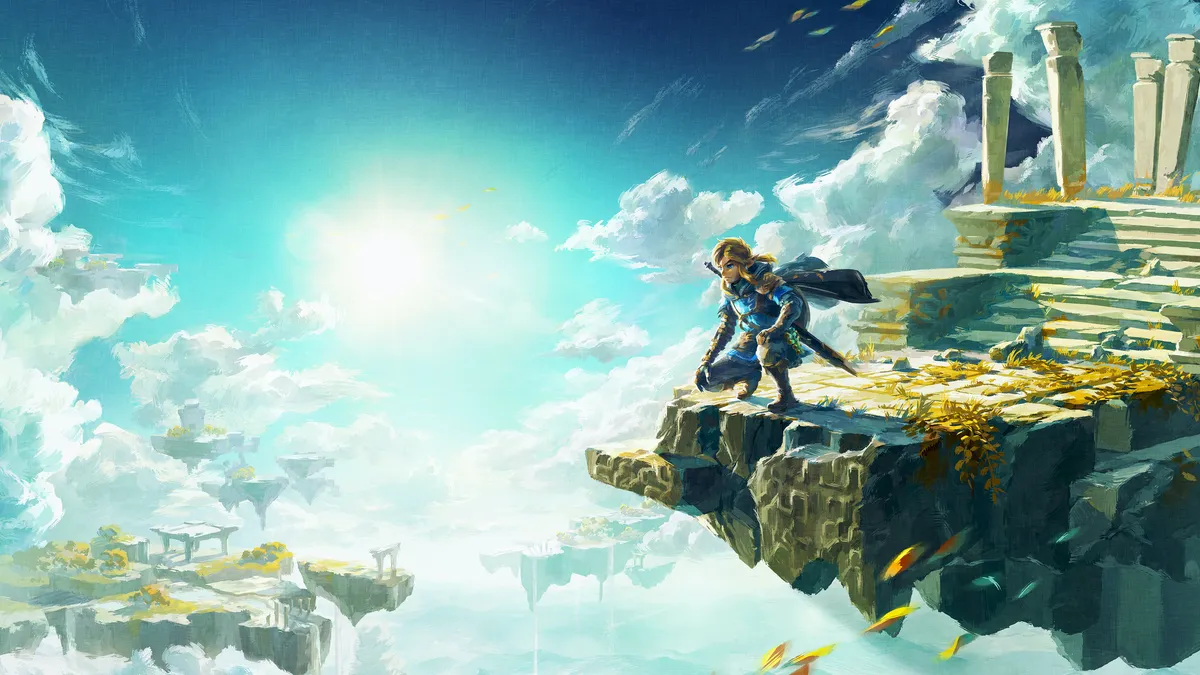
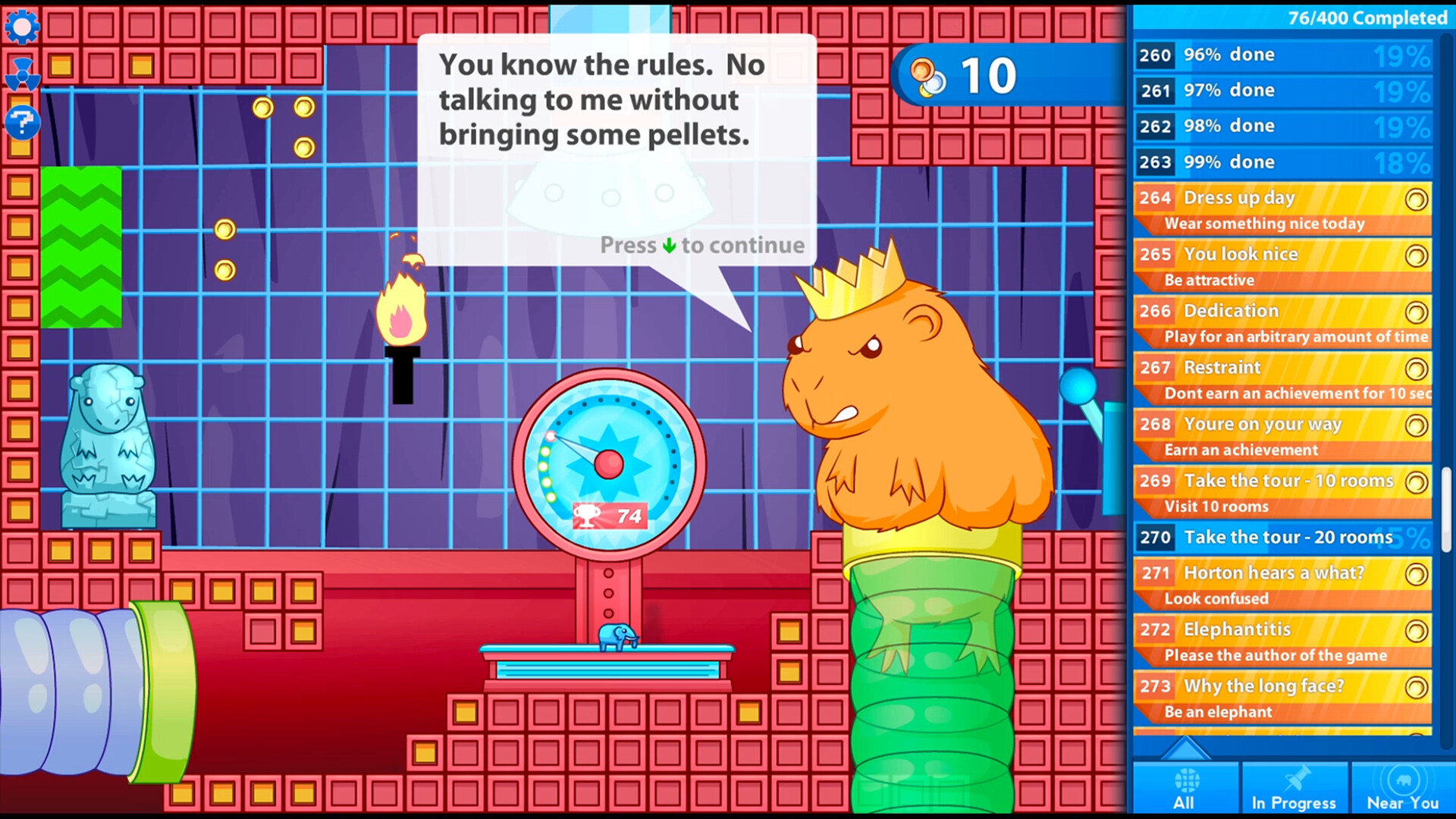


Rideon is slowly becoming Spiderweb Software but for Japanese style tactical RPGs.
I love the games in this series. Yes, they are more simplistic than the other bigger name more expensive titles, but the tactics is still quite enjoyable and at times challenging. The character art, and music continue to improve some each release.